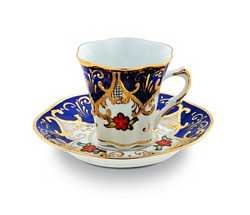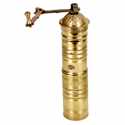
What would Brooklyn be without its ubiquitous Chinese restaurants? It just wouldn’t be the same. Once it seemed most of our Chinese immigrants came from Guangdong Province, so our Chinese food was generally Cantonese. It was always filling, sweet and spicy, and served with hot, hot oolong tea. There was egg drop soup or wonton, fried egg rolls, barbecued spare ribs, lobster Cantonese, chicken chow mein with crispy noodles, and white and pork-fried rice.
Dinner was generally followed by a small bowl of lychee's or kumquats in syrup, a diminutive almond cookie, more tea, and a fortune cookie. It was all wonderful and memorable. Unfortunately, if you have Celiac disease, eating out in a Chinese restaurant is a thing of the past. Virtually everything Chinese is made with soy sauce, which has wheat in it. There are wheat-free soys or tamari but, with one exception, their use is not an adaption that is commonly made by restaurants. The one exception is the American restaurant chain: P.F. Chang’s.
P.F. Chang’s is the only Chinese restaurant that I know of that offers a gluten-free menu. The restaurant is clean and nicely decorated. The food is fresh, delicately seasoned, fragrant, and presented beautifully. The wait-staff is just about as good as you can get. And -okay this is my own hang-up maybe - the restrooms are clean. Yesterday, in recognition of Celiac Awareness Day, the company announced an expanded gluten-free menu of twenty-nine choices and a new gluten-free dessert, Triple Chocolate Mousse Mini Dessert. Link to their site for locations, menu, gluten-free recipes, and a Warrior Card. No kidding! Sign up for the Warrior Card for 10% off all year at P.F. Chang's. Such a deal!
Actual product ingredients may differ from than that which is shown or suggested on this blog. Please remember that you should not rely solely on the information presented here or anywhere online and that you always read labels, warnings, and directions before purchasing and consuming a product.
Actual product ingredients may differ from than that which is shown or suggested on this blog. Please remember that you should not rely solely on the information presented here or anywhere online and that you always read labels, warnings, and directions before purchasing and consuming a product.



